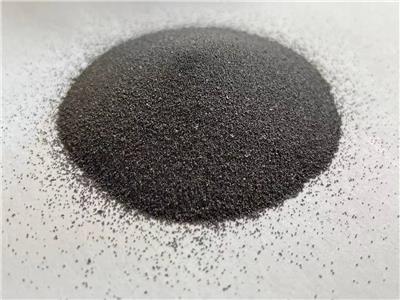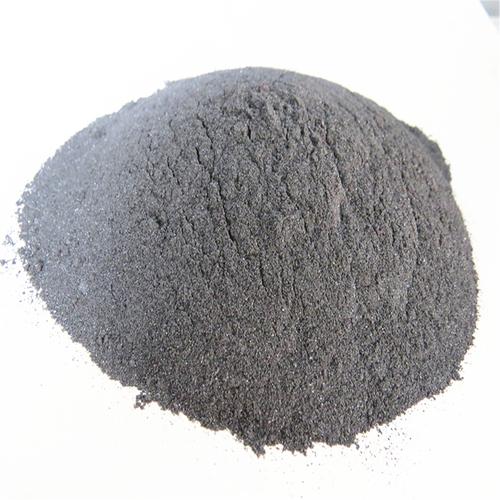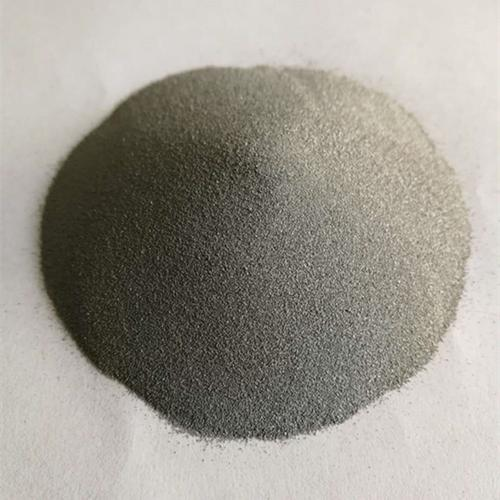**Title: Zap-Proof or Not? The Shocking Truth About Powder Coated Metal and Electric Fences**
(Does Powder Coated Metal Conduct Electricity For Electric Fence)
**Main Product Keywords:** Powder Coated Metal, Electric Fence
**1. What is Powder Coated Metal?**
Powder coated metal starts with clean steel or aluminum. A special dry powder gets sprayed onto it. This powder is like very fine plastic dust. Next, the coated metal piece goes into a hot oven. The heat melts the powder. It flows smoothly over the metal surface. Then it cools down. The result is a tough, hard plastic shell stuck firmly to the metal. This shell protects the metal underneath. It stops rust and scratches. People like powder coating for fences and gates. It looks good and lasts a long time. The finish is smooth and even. Many colors are available. You see it on outdoor furniture, car parts, and building facades too. It is a popular protective finish.
**2. Why Powder Coating Affects Electricity Flow**
Electricity needs a clear path. This path is called a conductor. Bare metal is an excellent conductor. Electricity flows through it easily. Powder coating acts like a barrier. It is plastic. Plastic is generally an insulator. Insulators block electricity flow. The powder coating layer sits between the metal and anything outside. This layer prevents electricity from moving freely off the metal surface. A thick, smooth, undamaged powder coat is very effective. It stops electricity flow almost completely. Think of it like putting thick rubber gloves on the metal. The metal inside is still conductive. But the outside coating blocks the current. For an electric fence, this blocking is a big problem. The fence needs to complete an electrical circuit through anything touching it.
**3. How Powder Coating Impacts Electric Fence Function**
An electric fence works by delivering a shock. This shock happens when an animal or person touches the fence wire. The touch completes an electrical circuit. The current flows through the animal back to the ground. This gives the shock. Powder coated metal parts in the fence system disrupt this. Imagine a powder coated fence post. The energizer sends electricity down the wire. The wire is conductive. But if the wire connects to a powder coated post, the electricity might stop at the post. The powder coating insulates the post. The current cannot jump from the wire to the post effectively. It cannot flow through the post into the ground. The circuit breaks. Animals touching the wire near that post might not get a shock. The fence becomes unreliable. Bare metal posts or special connectors are needed. These ensure the current flows correctly through the entire system.
**4. Applications: Using Powder Coated Metal Near Electric Fences**
Powder coated metal is common in modern fencing. It looks clean and resists weather. Using it with electric fences needs careful planning. You cannot use powder coated parts everywhere in the system. The critical conductive parts must stay bare metal. This includes the wires carrying the current and the posts where wires attach directly. Powder coating is fine for non-conductive parts. Use it for the main fence posts holding the structure. Use it for gates and decorative elements. But never coat the wires themselves. Never coat the clamps or connectors holding the hot wires. Special attachment points are needed. These points scrape off the powder coating. They make direct metal-to-metal contact. Some companies sell posts with pre-bared contact spots. This allows the powder coated look. It keeps the fence functional. Always check the connection points regularly. Damage or rust can break the circuit.
**5. FAQs: Powder Coated Metal and Electric Fences**
**Q1: Will an electric fence work on a powder coated post?**
A1: Not directly. The powder coating insulates the post. Electricity from the wire cannot flow through the coated post into the ground. You need a special connection. This connection must bypass the coating.
**Q2: Can I attach the electric fence wire to powder coated metal?**
A2: Only with special hardware. Standard clips or ties won’t work. The coating blocks contact. Use connectors designed to cut through the coating. Use connectors that clamp hard onto bare metal underneath. Or attach the wire to a separate, bare metal bracket first. Bolt that bracket tightly to the coated post.
**Q3: Does powder coating make the fence safer against accidental shock?**
A3: Not really. The coating might insulate the post itself. But the hot wire is still exposed. Anyone touching the hot wire directly still gets shocked. The coating prevents the post from becoming part of the circuit unintentionally. It doesn’t make the live wire safe.
**Q4: What if my fence posts are already powder coated?**
A4: You can still use them. You need to create bare metal contact points. Scrape off a small area of coating where the wire connects. Use a file or sandpaper. Clean the bare spot well. Attach your wire connector directly to this bare metal spot. Ensure a tight, clean connection.
**Q5: Can powder coating wear off and make the fence conductive?**
(Does Powder Coated Metal Conduct Electricity For Electric Fence)
A5: Yes, potentially. Over time, powder coating can chip, crack, or wear thin. Sunlight, impacts, or abrasion cause this. If the coating wears off a post, the bare metal underneath gets exposed. This exposed metal could then conduct electricity. It might cause unintended shocks or short circuits. Inspect coated parts regularly. Repair any damaged coating.
Inquiry us
if you want to want to know more, please feel free to contact us. (nanotrun@yahoo.com)


